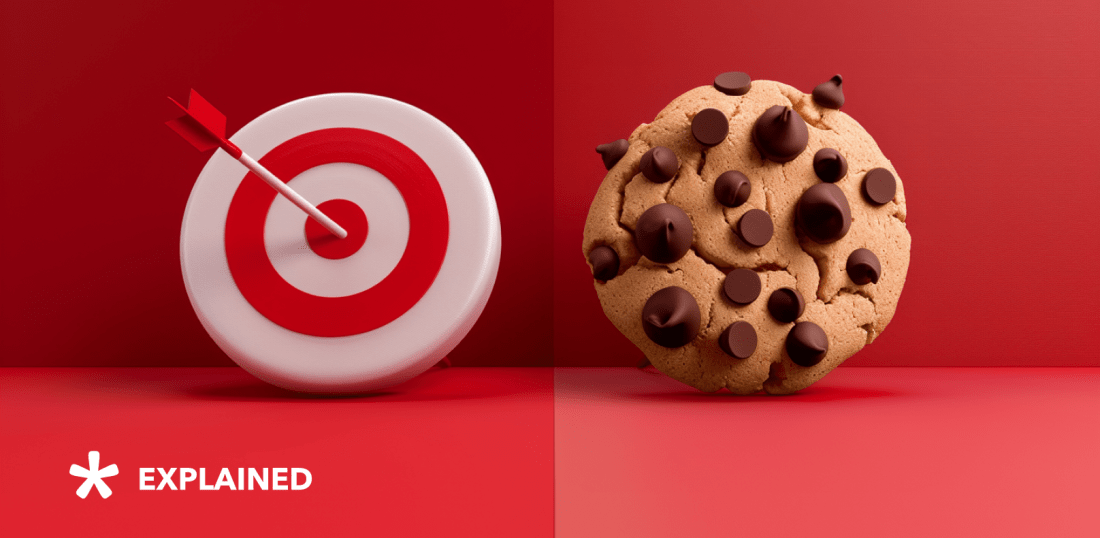Case Study: Creative Programmatic Display for Publishers
The Economist became the breakthrough of 2015 winning a Masters of Marketing award for creating the most outstanding and diverting campaign using smart targeting options and real-time display ads.
There is a slight difference in how the brand positions themselves and how readers perceive them. Before creating this ad campaign, the Economist was notorious for not being able to engage the young and progressive audience.The newspaper used to position themselves as a media for mainly white-collars, therefore liberal readers were put off by that. But little did they know that The Economist is the original campaigning voice for progressive liberalism, advocating the importance of decreasing ignorance and is trying to make people interested in the significant topic. The Economist carried out research to find out that actually their audience is best described as “intellectually curious” with strong desire to know and more importantly to understand , what is going on in the world.
The Challenge
The task for this campaign was to target these reluctant readers and allow them to discover The Economist for themselves. The insight was based on rationale ‘There is nothing more provocative than the truth.’ Using digital display, the goal was to reach 650,000 previously unseen prospects and to stimulate a change in perceptions (not just a click).
The Economist used its own content to create surprising and provocative headlines, tailored to its audience and showcasing the publisher’s characteristic wit. Intellectual puzzles and enticing questions were used to draw in those who wanted to dig deeper into and understand an issue. Self-selection was built into the ads.
More than 60 executions were created, many in near real time (from our live newsroom). Economist ads led with topics like the CIA’s use of torture within hours of the story breaking. The goal was to drive real-time ads.

The Solution
Context was as important as the creative, with The Economist wanting to demonstrate relevance and find the intellectually curious where they were already exploring relevant topics.The idea was to link Economist content to the stories these readers were currently reading. To target the right audience they used data collected from their subscribers concerning their reading preferences and matched them with cookies. Next step was to create look-a-like audience.
Dynamic advertising built the creative in real time, matching page context and viewer profile to the Economist feed. Content was delivered in sequence, gradually learning which topics, in which order, generated the warmest prospects.

The results
- The target was 650,000 new prospects from £1.2m media budget.
- 50% of target was achieved in just nine days.
- In total, The Economist got over 3.6m new people to take action, sample The Economist in context, and become re-targetable contacts.
- A campaign ROI of over 10:1 was achieved from the initial revenue stream brought in by these prospects.
- In the second phase of activity, number of contacts has grown to 8m people.
Also research demonstared growth in qualitative metrics like brand perception, awareness and willingness to recommend.
Based on article published by Ben Davis @ Econsultancy



